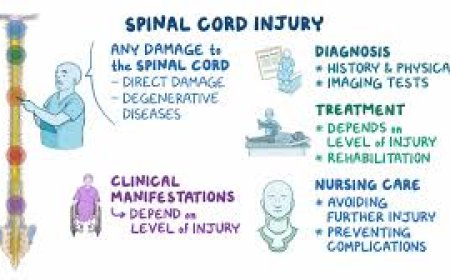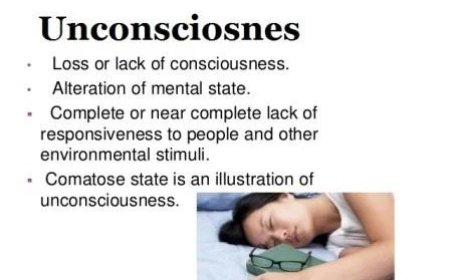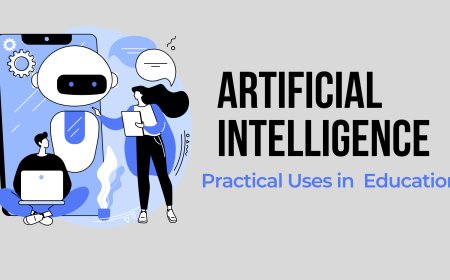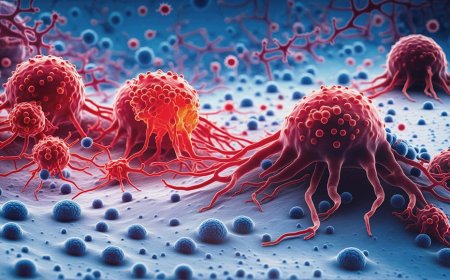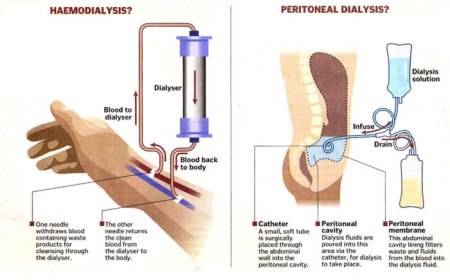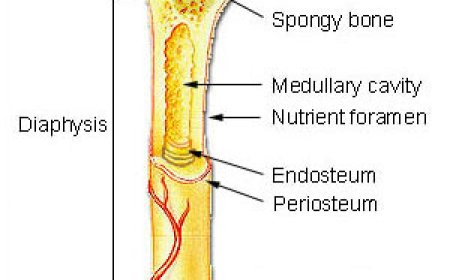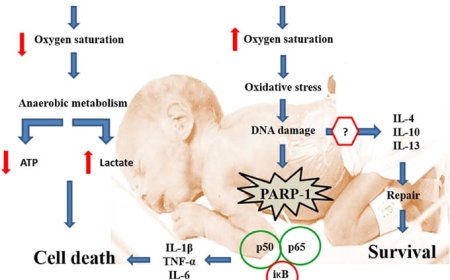This part of the paper includes two important sections — Physics (Gas Laws) and Chemistry (Biomolecules). Both topics are closely related to our daily life and help us understand how nature and the human body work.
In Physics, we study the Gas Laws , which describe how gases behave when pressure, volume, or temperature change. The most important laws are Boyle’s Law and Charles’s Law.
Boyle’s Law states that when the temperature of a gas remains constant, the pressure and volume are inversely related. This means that if the pressure increases, the volume decreases, and if the pressure decreases, the volume increases. For example, when we press the piston of a syringe, the air inside gets compressed and the volume becomes smaller. This law is used in breathing, syringes, pumps, and scuba diving.
Charles’s Law states that when the pressure of a gas is kept constant, the volume of the gas increases with temperature. In simple words, gases expand when heated and contract when cooled. For example, a hot air balloon rises because the air inside expands when heated, making it lighter. This law helps us understand many natural and industrial processes where gases are heated or cooled.
The study of gas laws is very important in physics because it explains how gases behave in different situations and helps in developing machines and tools like engines, pressure cookers, and refrigerators.
In Chemistry, this part includes the study of biomolecules mainly carbohydrates, lipids, and proteins. These are the basic food components that our body needs for energy, growth, and repair.
Carbohydrates are the main source of energy for the body. They are found in foods like rice, bread, fruits, and potatoes. They include simple sugars like glucose and complex sugars like starch.
Lipids (fats and oils) store energy, protect organs, and help form cell membranes. Examples include butter, oil, and ghee. They also keep the body warm and provide more energy than carbohydrates.
Proteins are body-building nutrients made of amino acids. They help in the growth and repair of muscles, skin, and tissues. Proteins are found in eggs, milk, meat, and beans.
Overall, this part of the syllabus helps students understand the scientific principles behind gases and the chemical importance of food molecules, both of which are essential for life and technology.
 Like
0
Like
0
 Dislike
0
Dislike
0
 Love
0
Love
0
 Funny
0
Funny
0
 Angry
0
Angry
0
 Sad
0
Sad
0
 Wow
0
Wow
0

